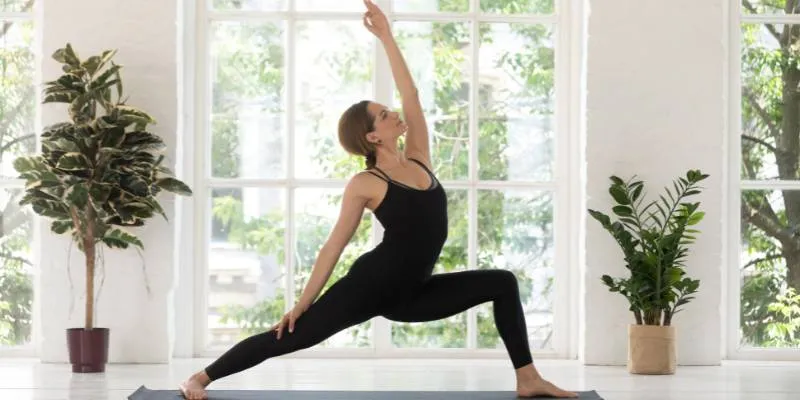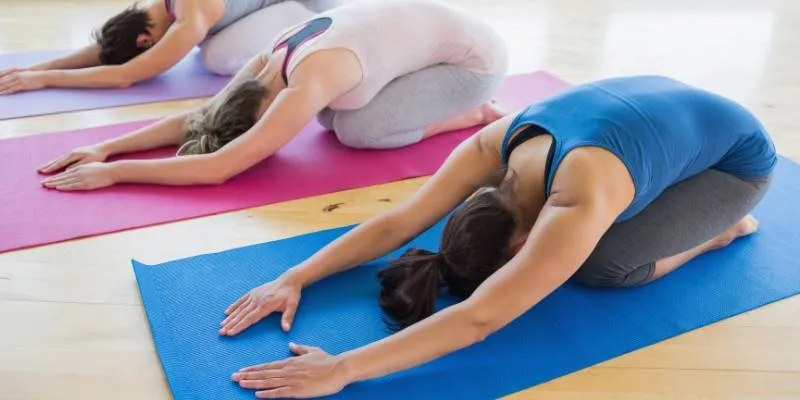Best Exercises for Degenerative Disc Disease

Degenerative disc disease (DDD) is a prevalent condition that affects the spinal discs, often leading to pain, stiffness, and restricted movement. If you experience these symptoms, incorporating specific exercises into your routine can help manage the condition and enhance your quality of life. This article provides a comprehensive guide to the best exercises for degenerative disc disease to improve spinal health and alleviate discomfort.
Understanding Degenerative Disc Disease
Degenerative disc disease involves the deterioration of spinal discs, which act as cushions between the vertebrae. While aging is a typical cause, factors such as injuries, genetics, or repetitive stress can exacerbate the condition. As discs lose flexibility and moisture, they become more prone to bulging or herniating.
Degenerative Disc Disease Symptoms
Common symptoms include:
- Chronic back pain: Persistent neck or lower back discomfort.
- Radiating pain: Pain that extends to the arms or legs.
- Stiffness: Reduced range of motion and flexibility.
- Tingling or numbness: Sensations in the limbs.
- Weakness: Difficulty in lifting or performing daily tasks.
Identifying these symptoms is crucial for effective management and treatment.
Benefits of Exercise for Degenerative Disc Disease
Exercise plays a vital role in managing degenerative disc disease, offering benefits such as:
- Enhancing core strength: A strong core reduces disc strain and supports the spine.
- Increasing flexibility: Improved flexibility helps alleviate pain and stress.
- Promoting spinal stability: Stabilizing exercises help maintain proper alignment and prevent further injury.
- Boosting blood flow: Improved circulation aids in healing and recovery.
- Enhancing general mobility: Regular exercise improves the quality of life and daily functioning.
The Best Exercises for Degenerative Disc Disease
-
Deep Abdominal Contraction:
- How to Perform: Lie on your back with knees bent. Place your hands on your abdomen. Contract your lower abdominal muscles without moving your back.
- Benefits: Strengthens the core, improving spine support.
-
Reverse Curl:
- How to Perform: Lie on your back with knees bent at a 90-degree angle. Slowly lift your hips off the ground using your lower abs.
- Benefits: Enhances core strength, reducing lower back strain.

-
Forearm Plank:
- How to Perform: Lie on your stomach and lift your body onto your forearms and toes, keeping a straight body.
- Benefits: Activates the entire core, promoting spine stability.
-
Chair Squat:
- How to Perform: Squat as if sitting in a chair, stopping just above the seat and holding the position.
- Benefits: Strengthens leg muscles and glutes, supporting the lower back.
-
Hip Flexor Stretch:
- How to Perform: Kneel on one knee with the opposite foot in front at a 90-degree angle. Gently push your hips forward until you feel a stretch in the hip flexor. Hold for 20 to 30 seconds and switch sides.
- Benefits: Relieves tension in the hip flexors, enhancing mobility.
-
Child’s Pose:
- How to Perform: Kneel on the floor, sitting back on your heels, and stretch your arms forward, lowering your chest toward the floor.
- Benefits: Relaxes and lengthens the spine, reducing lower back stress.

-
Side Plank:
- How to Perform: Lie on one side, stack your legs, raise your hips, and maintain balance in a straight line with feet and forearm.
- Benefits: Strengthens the obliques and core, supporting the spine.
-
Cobra Stretch:
- How to Perform: Lie on your stomach with hands beneath your shoulders. Slowly lift your upper body, keeping elbows slightly bent.
- Benefits: Increases flexibility and reduces spinal strain.
-
Quadruped Rock Back:
- How to Perform: Start on hands and knees in a tabletop position. Rock your hips back toward your heels and return to starting position.
- Benefits: Reduces lower back strain and improves hip flexibility.
-
Heel Slides:
- How to Perform: Lie on your back with legs straight. Slide one heel toward your buttocks and straighten it back. Alternate legs.
- Benefits: Activates hip and core muscles, reducing lower back strain.
-
Arm/Leg Raises on Exercise Ball:
- How to Perform: Lie face down on an exercise ball with arms extended. Lift opposite arm and leg simultaneously, then switch.
- Benefits: Strengthens core stabilizers and improves coordination.
-
Piriformis Stretch:
- How to Perform: Lie on your back and cross one leg over the opposite knee. Pull the uncrossed leg toward you to stretch.
- Benefits: Relieves hip tension, reducing lower back pain.
-
Walking:
- How to Perform: Aim for at least 30 minutes of comfortable walking each day on level surfaces with supportive footwear.
- Benefits: Low-impact exercise that strengthens spine-supporting muscles.
Key Points to Remember
Before starting any exercise regimen, especially if you have degenerative disc disease, consider these tips:
- Consult a Healthcare Professional: Discuss your condition and receive personalized exercise guidance.
- Start Slow: Gradually increase workout duration and intensity.
- Listen to Your Body: Stop any exercise that causes discomfort and seek professional advice.
- Incorporate Rest Days: Allow time for recovery to prevent overexertion.
Conclusion
Incorporating these exercises into your routine can significantly impact how you manage degenerative disc disease. By focusing on strengthening your core, enhancing flexibility, and promoting overall spinal health, you can alleviate discomfort and improve your quality of life. Don’t let degenerative disc disease hold you back! Consult with a healthcare professional to create a tailored fitness plan that suits your needs.











